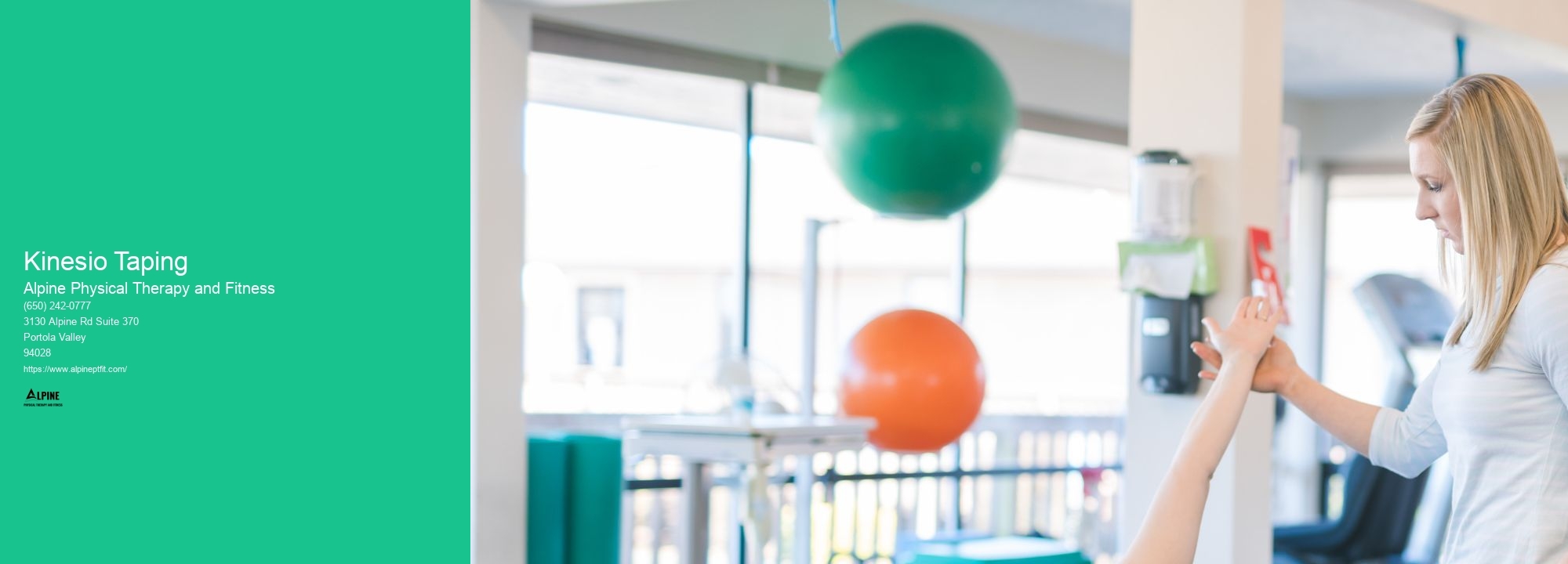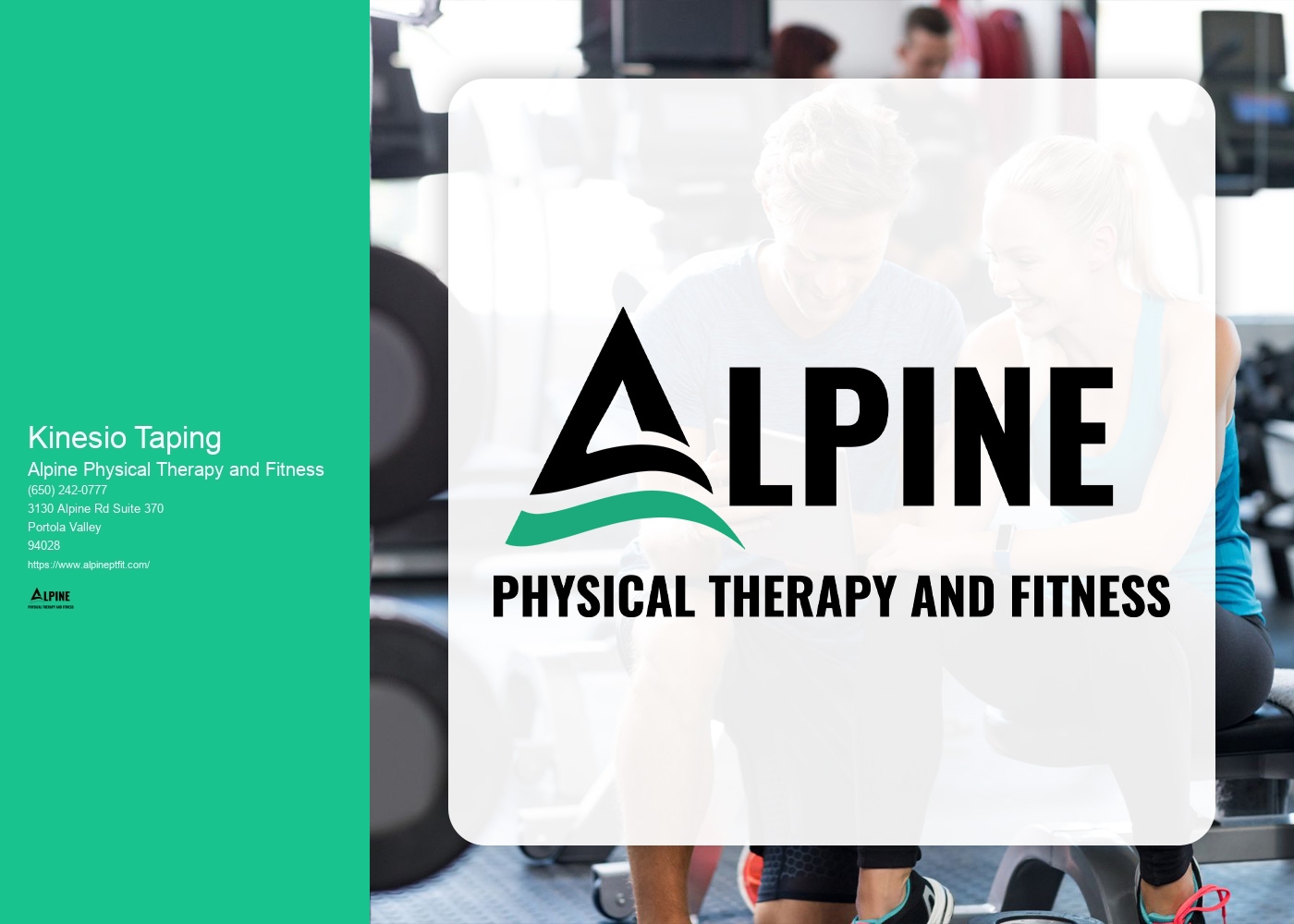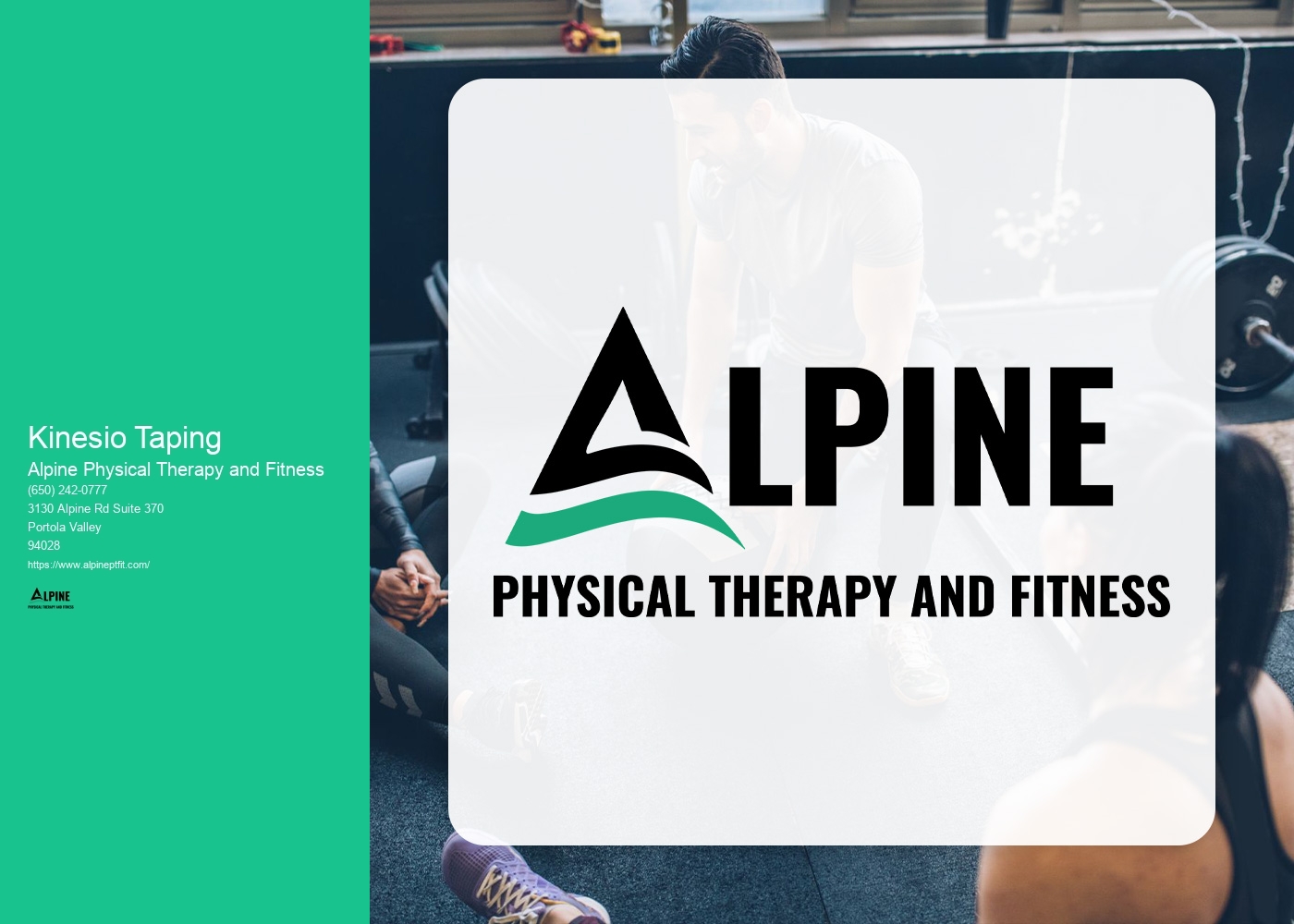

Kinesio Taping is a therapeutic technique that involves the application of a specialized elastic tape to the skin. The tape is designed to mimic the properties of human skin, allowing for a full range of motion while providing support and stability to muscles and joints. The tape works by lifting the skin, which creates space between the skin and underlying tissues. This space allows for improved circulation and lymphatic drainage, which can help reduce inflammation and promote healing.
There are several benefits to using Kinesio Taping. Firstly, it can help alleviate pain by providing support to injured or overused muscles and joints. The tape can also help improve muscle function by enhancing proprioception, which is the body's ability to sense its position in space. This can lead to improved coordination and performance. Additionally, Kinesio Taping can help reduce swelling and inflammation, improve circulation, and provide support during physical activity or sports.
Kinesio Taping can be an effective tool for pain management. The tape can help reduce pain by providing support to injured or overused muscles and joints, which can help alleviate strain and pressure. Additionally, the tape's ability to improve circulation and lymphatic drainage can help reduce inflammation, which is often a source of pain. However, it is important to note that Kinesio Taping should be used as part of a comprehensive pain management plan, which may include other treatments such as physical therapy, medication, or lifestyle modifications.

The duration for which Kinesio Tape should be worn depends on the specific condition being treated and the individual's response to the tape. In general, the tape can be worn for several days at a time, as it is designed to be water-resistant and durable. However, it is recommended to consult with a healthcare professional or certified Kinesio Taping practitioner to determine the optimal duration for wearing the tape in each specific case.
While Kinesio Taping is generally considered safe, there are some potential side effects and risks to be aware of. Some individuals may experience skin irritation or allergic reactions to the adhesive used in the tape. It is important to ensure that the skin is clean and dry before applying the tape, and to remove the tape if any discomfort or irritation occurs. Additionally, improper application of the tape can lead to ineffective results or even exacerbate existing injuries. It is recommended to seek guidance from a healthcare professional or certified Kinesio Taping practitioner to ensure proper application and minimize the risk of side effects.

Yes, Kinesio Taping can be used during physical activity or sports. The tape is designed to be flexible and breathable, allowing for a full range of motion while providing support and stability. It can help improve muscle function, enhance proprioception, and reduce the risk of injury during physical activity. Many athletes and sports professionals use Kinesio Taping as part of their training and recovery routines to optimize performance and prevent injuries.
Kinesio Taping is suitable for individuals of all ages and can be used to treat a wide range of conditions. From children to older adults, the tape can provide support and relief for various musculoskeletal issues. It can be used to treat acute injuries, chronic conditions, and even post-surgical recovery. However, it is important to consult with a healthcare professional or certified Kinesio Taping practitioner to ensure proper application and to determine the most appropriate treatment plan for each individual's specific needs.

Physical therapy can be a valuable treatment option for women experiencing painful sexual intercourse, also known as dyspareunia. By addressing the underlying causes of the pain, physical therapy aims to improve sexual function and overall quality of life. A skilled physical therapist can assess the pelvic floor muscles and identify any muscle imbalances, tension, or weakness that may be contributing to the pain. Treatment may involve a combination of manual therapy techniques, such as myofascial release and trigger point release, to release muscle tension and improve flexibility. Additionally, therapeutic exercises can be prescribed to strengthen and stabilize the pelvic floor muscles, promoting better control and coordination during sexual activity. Education on relaxation techniques, breathing exercises, and proper body mechanics may also be provided to help women manage pain and optimize sexual function. Overall, physical therapy offers a holistic approach to addressing dyspareunia, focusing on the physical and emotional well-being of women.
Aquatic therapy has been found to be an effective method for balance training in older adults. The buoyancy provided by the water helps to reduce the impact on joints, making it a safe and low-impact option for individuals with balance issues. The resistance of the water also provides a gentle challenge to the muscles, helping to improve strength and stability. Additionally, the hydrostatic pressure of the water can enhance proprioception and body awareness, which are important factors in maintaining balance. Overall, aquatic therapy offers a unique and beneficial approach to balance training for older adults.
Physical therapy plays a crucial role in the post-surgery rehabilitation for rotator cuff repair. Following a rotator cuff repair surgery, physical therapy aims to restore the strength, flexibility, and range of motion of the shoulder joint. The physical therapist will design a personalized exercise program that includes a combination of stretching, strengthening, and mobility exercises. These exercises target the muscles and tendons surrounding the rotator cuff, helping to improve muscle strength, increase joint stability, and promote healing. Additionally, physical therapy may include modalities such as heat or cold therapy, ultrasound, or electrical stimulation to reduce pain and inflammation. The therapist will also provide education on proper body mechanics and techniques to prevent re-injury. Overall, physical therapy is essential in facilitating the recovery process and optimizing the functional outcomes for individuals undergoing rotator cuff repair surgery.
Physical therapists play a crucial role in working with children who have congenital orthopedic conditions. They employ a variety of specialized techniques and interventions to help improve the physical function and quality of life for these children. Physical therapists work closely with the child and their family to develop individualized treatment plans that address their specific needs and goals. They may use therapeutic exercises, manual therapy techniques, and assistive devices to help improve strength, flexibility, and mobility. Additionally, physical therapists may incorporate activities that promote balance, coordination, and motor skills development. They also provide education and guidance to the child and their family on how to manage their condition and optimize their overall well-being. By working collaboratively with other healthcare professionals, physical therapists ensure comprehensive care for children with congenital orthopedic conditions.
Physical therapy can be highly beneficial for children with Down syndrome. It focuses on improving their motor skills, strength, balance, and coordination. Through a variety of exercises and activities, physical therapists help children with Down syndrome develop their gross motor skills, such as crawling, walking, and running. They also work on fine motor skills, such as grasping objects and using utensils. Additionally, physical therapy can help improve muscle tone and flexibility, which can enhance overall physical function. By addressing these areas, physical therapy can greatly enhance the quality of life for children with Down syndrome, enabling them to participate more fully in daily activities and reach their full potential.